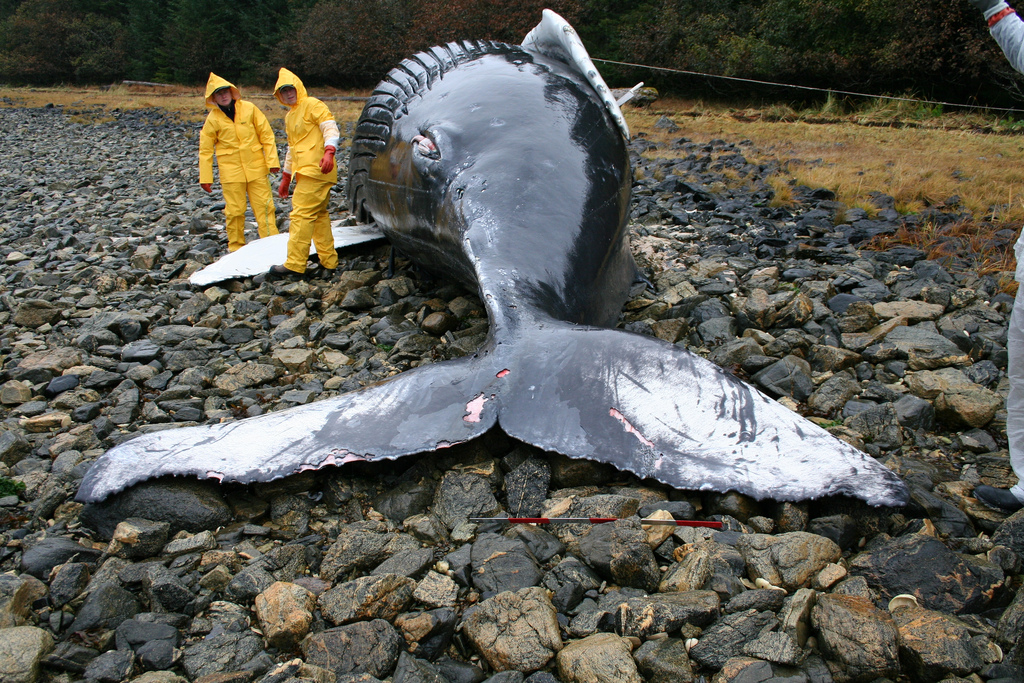Are Solar Storms Causing Mysterious Sea Animal Beachings?

Why do otherwise healthy sea creatures end up stranded along coastal areas around the world? NASA scientists are searching for the answer.
Whales, dolphins and porpoises — known collectively as cetaceans — partially use magnetic-field sensing to navigate. According to NASA scientists, one explanation for these mysterious strandings could be that the animals' internal compasses become confused during severe solar storms, which affect Earth’s magnetic fields, and so they lose their way. To investigate this marine mystery, NASA has launched a study that will determine whether there is a link between solar storms and animal beachings.
Cetaceans become stranded around the world in groups as small as three or as large as several hundred per event. According to Katie Moore, a collaborator on the NASA study and director of the International Fund for Animal Welfare's Animal Rescue Program, the global phenomenon occurs most often in New Zealand, Australia and Cape Cod, Massachusetts. [Images: Sharks & Whales from Above]
Despite the prevalence of such beaching events, study leader Antti Pulkkinen, a heliophysicist (a person who studies the effects of the sun on the solar system) at NASA's Goddard Space Flight Center, said there has been very little quantitative research.
"We estimate that records on the order of hundreds of cetacean mass strandings will be available for study, thus making our analyses statistically significant," Pulkkinen said in a statement. "What we’re going to do is throw cold, hard data at this. It's a long-standing mystery and it’s important that we figure out what’s going on."
Pulkkinen and his collaborators will work with the federal Bureau of Ocean Energy Management and the International Fund for Animal Welfare to sift through cetacean mass stranding reports, space-weather databases and field observations. The researchers expect to complete the study by the end of September.
The scientists said the results won't necessarily imply a link, but the study will be the first thorough research into whether a correlation exists between the solar storms and beaching events.
Get the Space.com Newsletter
Breaking space news, the latest updates on rocket launches, skywatching events and more!
"If we understand the relationship between the two, we may be able to use observations of solar storms as an early warning for potential strandings to occur," Moore said. "This would allow stranding responders in global hotspots, and, really, around the world, to be better prepared to respond, thus having the opportunity to save more animals."
Original article on Live Science.
Join our Space Forums to keep talking space on the latest missions, night sky and more! And if you have a news tip, correction or comment, let us know at: community@space.com.

Kacey Deamer is a journalist for Live Science, covering planet earth and innovation. She has previously reported for Mother Jones, the Reporter's Committee for Freedom of the Press, Neon Tommy and more. After completing her undergraduate degree in journalism and environmental studies at Ithaca College, Kacey pursued her master's in Specialized Journalism: Climate Change at USC Annenberg. Follow Kacey on Twitter.
